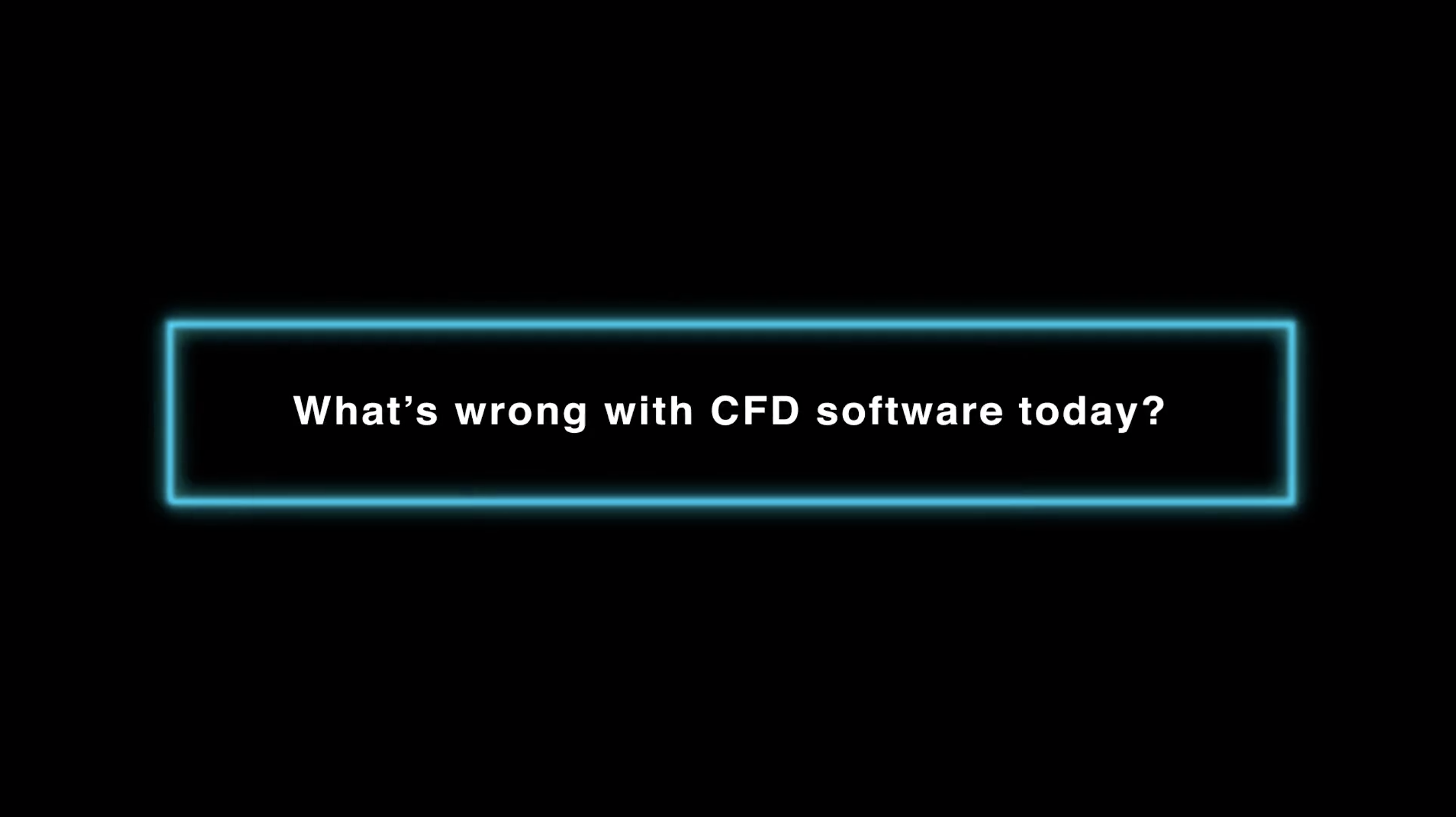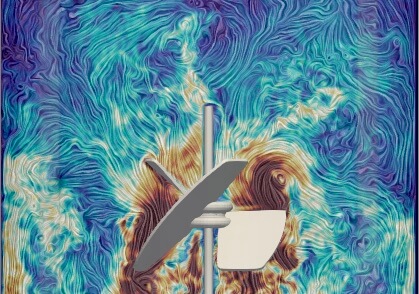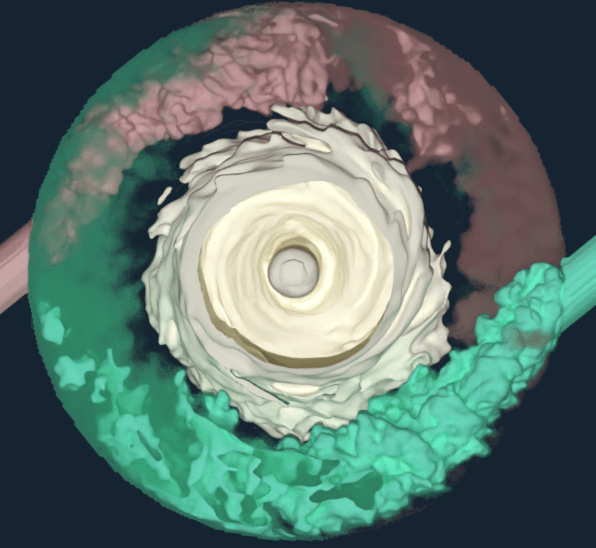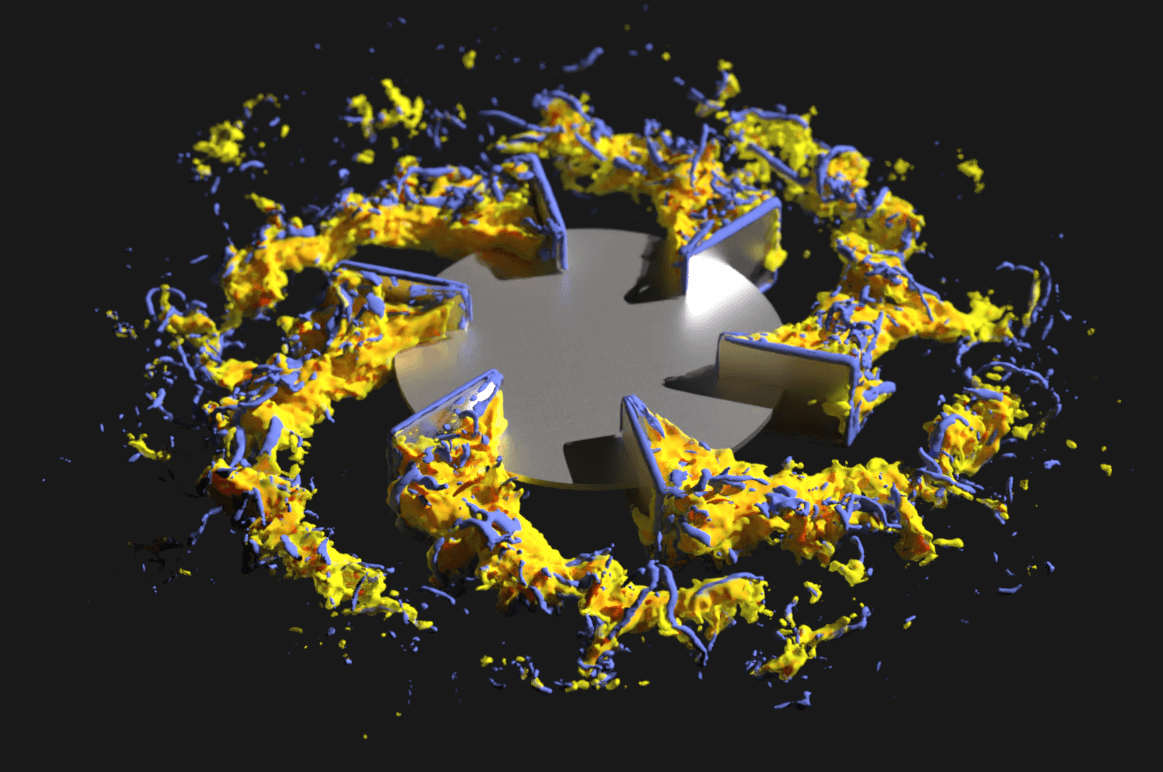Interview with John Thomas, PhD,
M-Star CFD President
What’s wrong with CFD software today?
I think what bothers me most about CFD today is the lack of urgency that many software developers feel. Many of the tools we’re using today are based on algorithms that were developed in the sixties and were later commercialized in the eighties. And as a consequence of that, there are built architectures that were widely available during that era.
In 2021, we should be running exclusively with Lattice Boltzmann–based algorithms. But the lack of this urgency, the lack of this evolution, adaption, has led to stagnation in many of the CFD software products we use today.
At M-Star, we take the opposite approach. We start with the highest fidelity approach we can. We start with the highest fidelity modeling we can. And because of that, we minimize the number of parameters you specify. By zeroing in on the fundamental physics using better algorithms, running better architectures, we can minimize design space and capture more complex phenomena with less user parameter tuning.
Check out the first episode of our brand new podcast on the same topic!
How is M-Star changing what’s possible?
The more processing capacity we have, the more physics we can resolve explicitly. To model more complicated systems requires more parameterization, more specified set up, and more correlation to account for the missing physics.
The more you can model the physics explicitly—and by this, I mean the individual eddies, the individual particles being suspended, the individual bubbles that exist in a two-phase flow—the more you capture explicitly, the less you have to try to approximate using correlations. And that’s the rub that comes from M-Star. Because if you go straight at the heart of foundational transport mechanics using fully transient, three-dimensional foundational relationships, it allows us to model very complex systems using a very reduced set of simulation parameters, because we’re capturing a majority of the physics explicitly using high fidelity simulation on modern GPU architectures.
The firms that benefit most from M-Star CFD are those that derive value from improving their processes. If you have a process that really matters, that has to get right, where the risk tolerance is low and the gains and benefits to be realized by getting more insights is large, that’s when you use M-Star.
Where does M-Star go from here?
We’re attacking right at the core of those physics as it were, the fundamental conservation laws, the fundamental transport relationships, and using those to develop fundamental solutions to these complex transport phenomena. So the future of M-Star can be predicted from the history of M-Star. That is, how we started by making direct appeals to transport physics and using modern algorithms is going to be our current tact coming through in the near future as well.
What irks you about CFD today? What do you wish you could do? Contact us to join the conversation.
 Explore the Scientific R&D Software
Explore the Scientific R&D Software 


















